Montgomery, AL to Birmingham, AL
In Montgomery
Monday morning, 8:20 AM. Plenty of cars but almost no one walking on the streets.
I have a theory about why the downtowns are deserted. It’s because life is lived in the suburbs, not in the city. And what life there is in the city is not downtown. And in some cities, like Montgomery, the gentrification of downtown is not complete. It’s underway but it’s not complete.
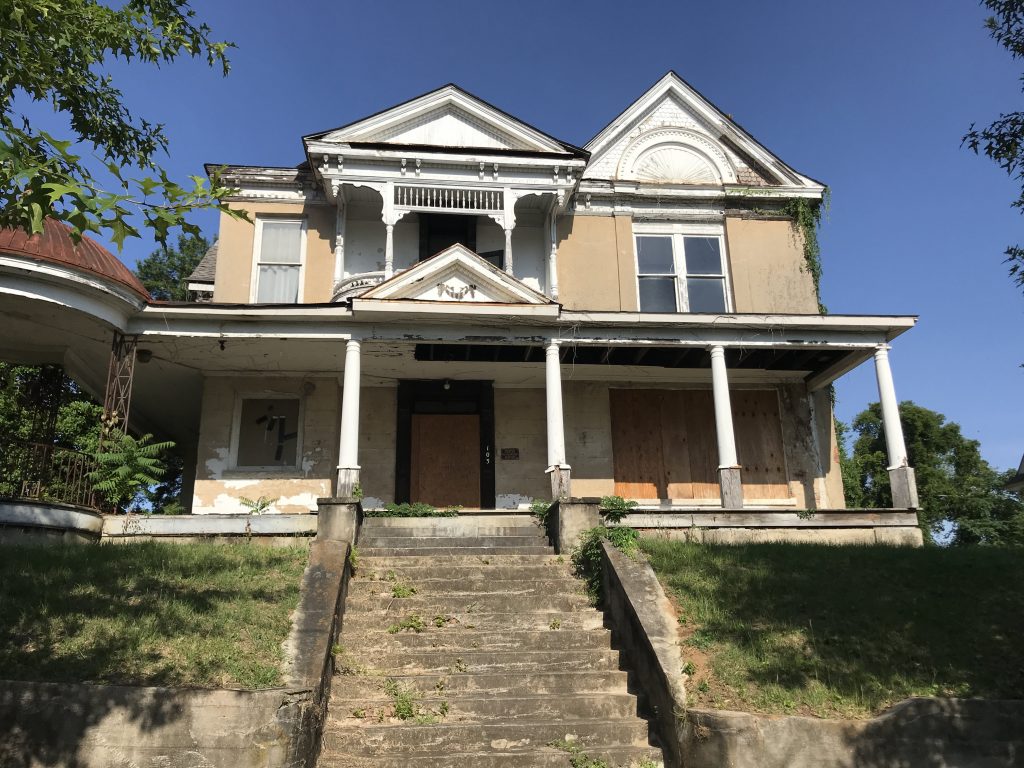
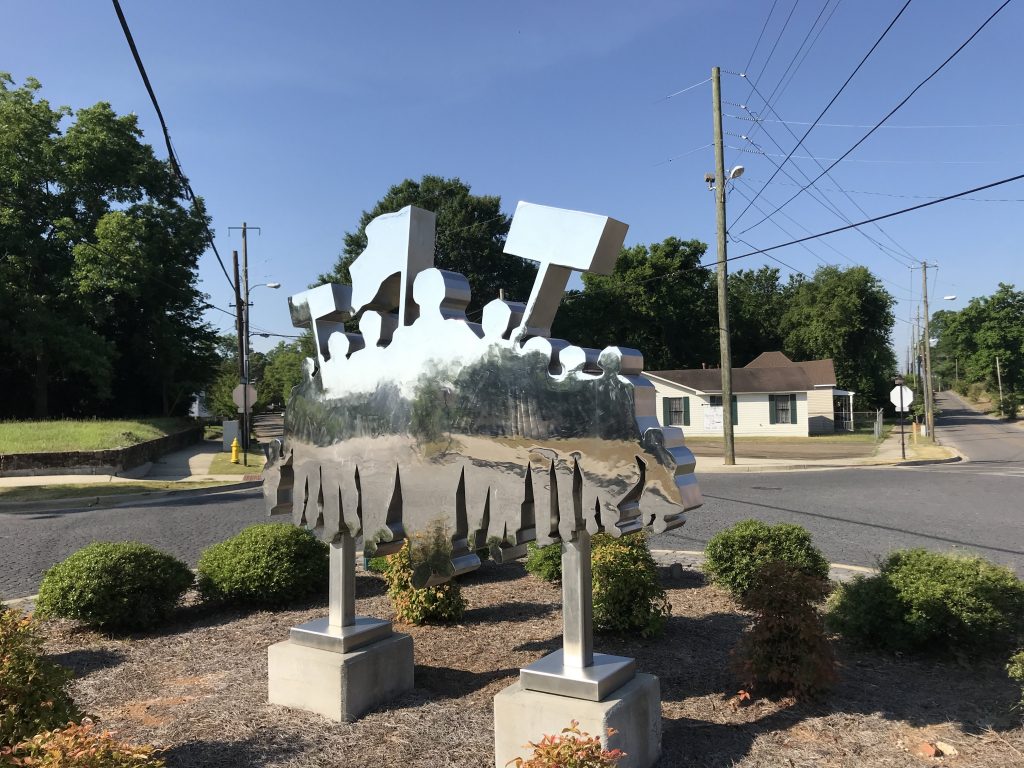
I walked over to the National Memorial for Peace and Justice. It was built by the Equal Justice Institute and opened in April 2018. It’s set on a hill.
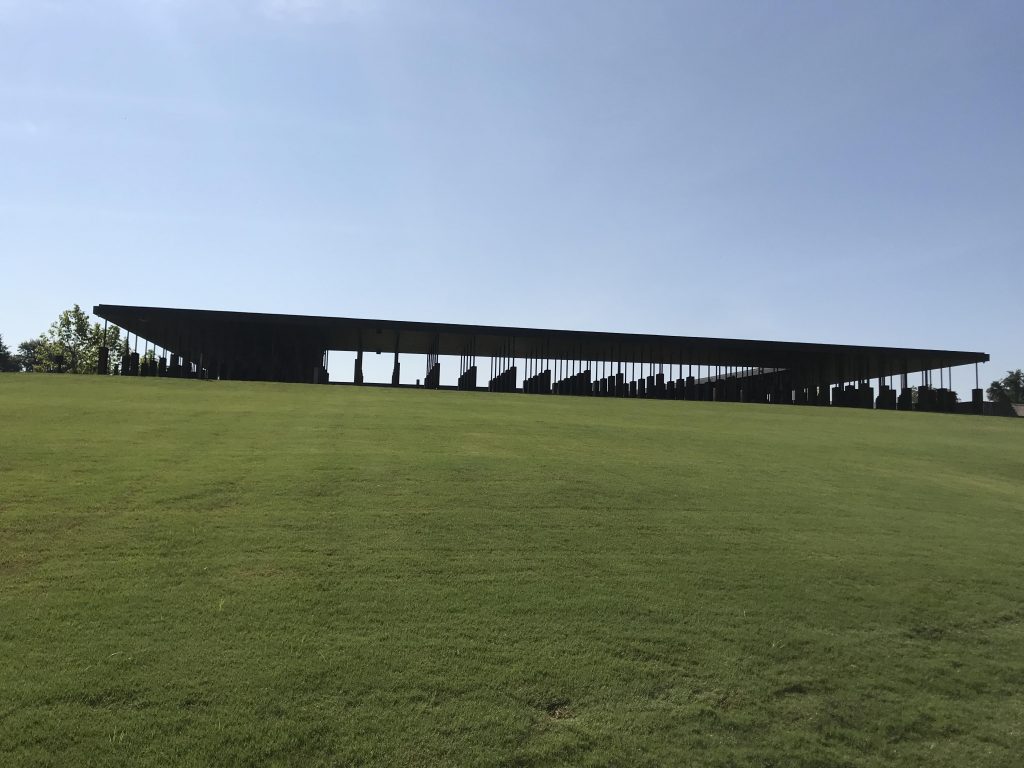
The memorial had a shattering effect on me. It’s a forest of corten steel columns, one for each county where a racial terror lynching took place from 1877 to 1950. Each column is engraved with the names of the lynching victims in that county and the dates the lynchings took place.
Lynchings were done for all sorts of reasons and justifications including standing around a white neighborhood, “scaring” a white girl, voting, passing a note to a white woman, attaining economic success, protesting other lynchings, and many others. They were often “festive” events attended by hundreds or thousands of people and documented with photos.
The columns go on and on over all four sides of the memorial. As you go further, the floor slopes down so the columns are higher and higher until the columns tower over your head.
The hushed atmosphere is very much like the official Israeli Holocaust museum, Yad Vashem.


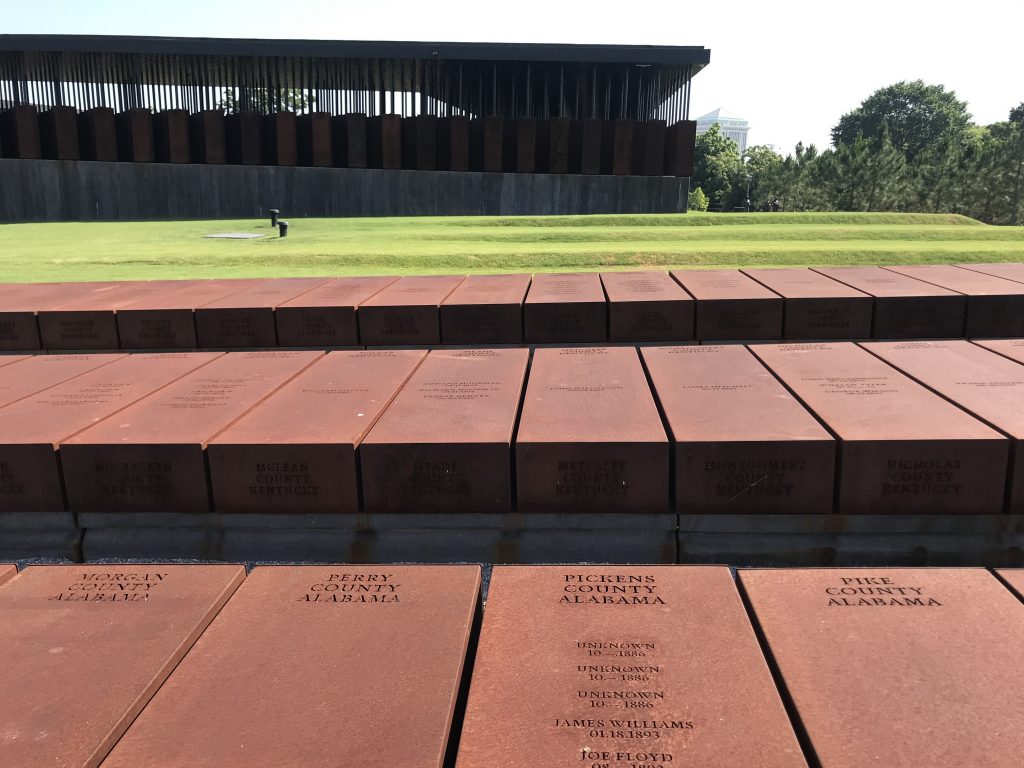

There were some African Americans lynched in the north and west too, and their counties are included. Orange County, New York is among them.
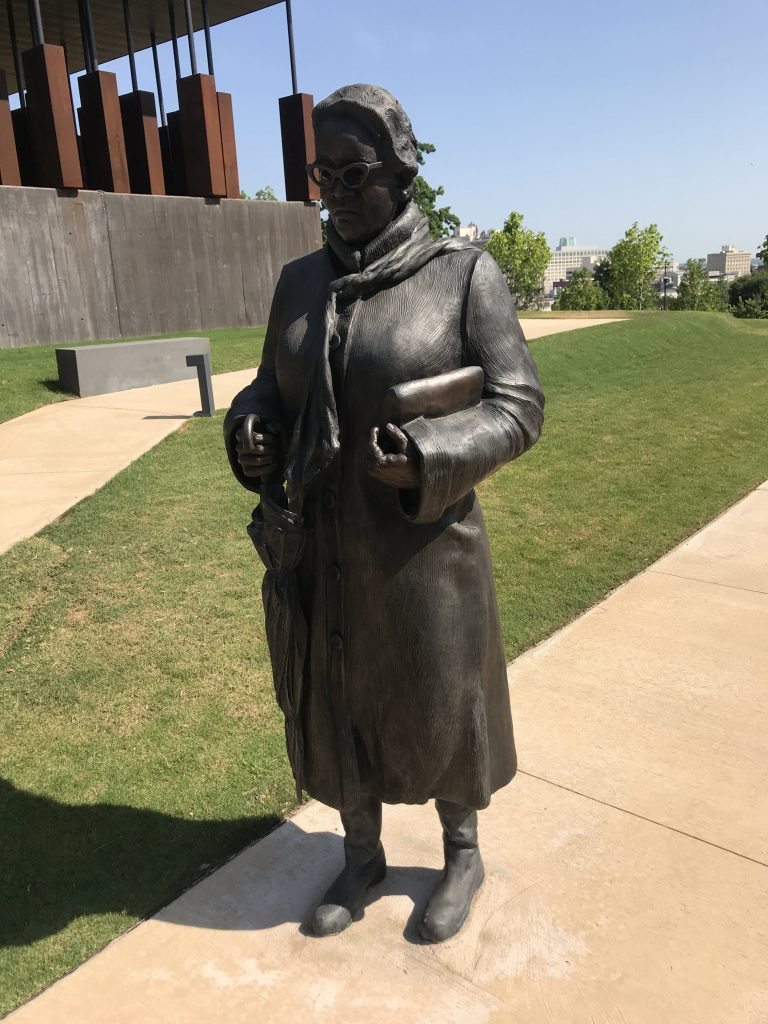
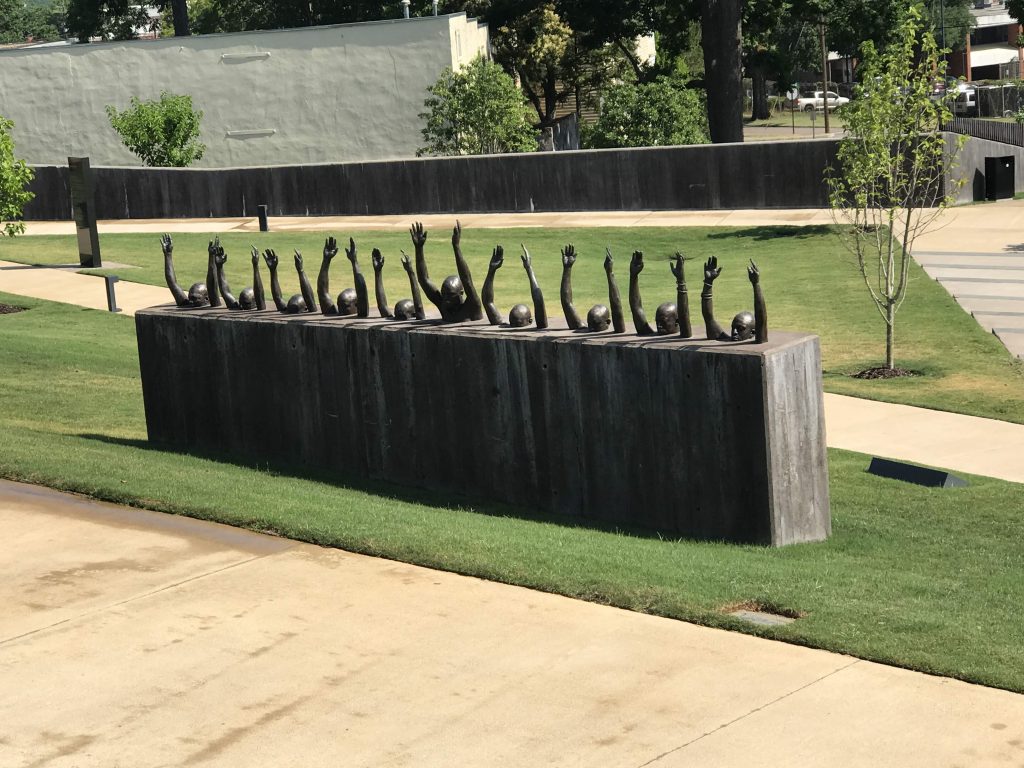

Because of the memorial, the lynchings have come out of the shadows and into light. As part of the research for the memorial, EJI identified 800 more lynchings than had previously been recognized.
The memorial is everything you have read. Powerful, dignified, effective, and appropriate. Beautifully designed and carried out.
Blood drenches this fair nation.
Went to the Legacy Museum, also established by EJI. Its topic is the history of racial inequality in the United States, from the importation of slaves through the present day. At the end it pointedly raises questions about the present time. Should we abolish the death penalty? Should we spend more on rehabilitating prisoners?
Went to Montgomery’s riverfront. To get there, you go through a pedestrian tunnel under active rail tracks.


I went to the Kress on Dexter, a former department store touted as part of a downtown revival. It’s mostly empty. They haven’t rented much of the space.

In Birmingham
Drove to Birmingham, a short drive. At 3 PM I got to my hotel, the Hampton Inn Tutwiler, a grande dame built in 1914.
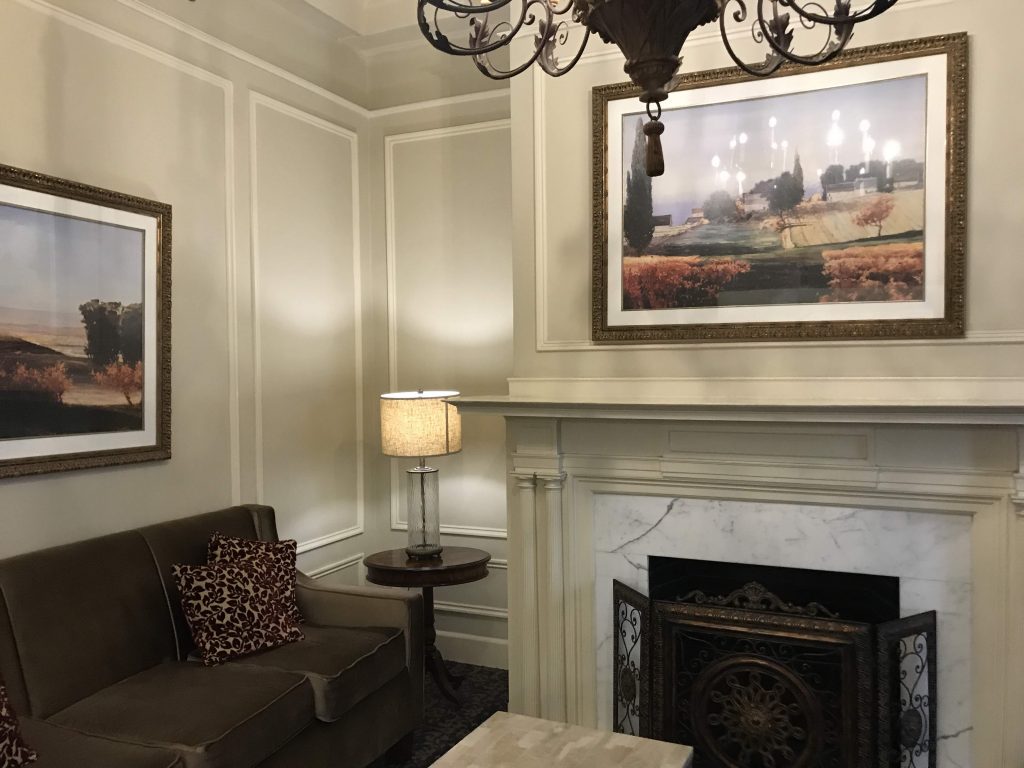
Walked over to the 16th Street Baptist Church where on Sunday, September 15, 1963, four girls aged 11 to 14 were killed in a bombing by white supremacists. The bombing was one of the events that increased national awareness of the civil rights movement.
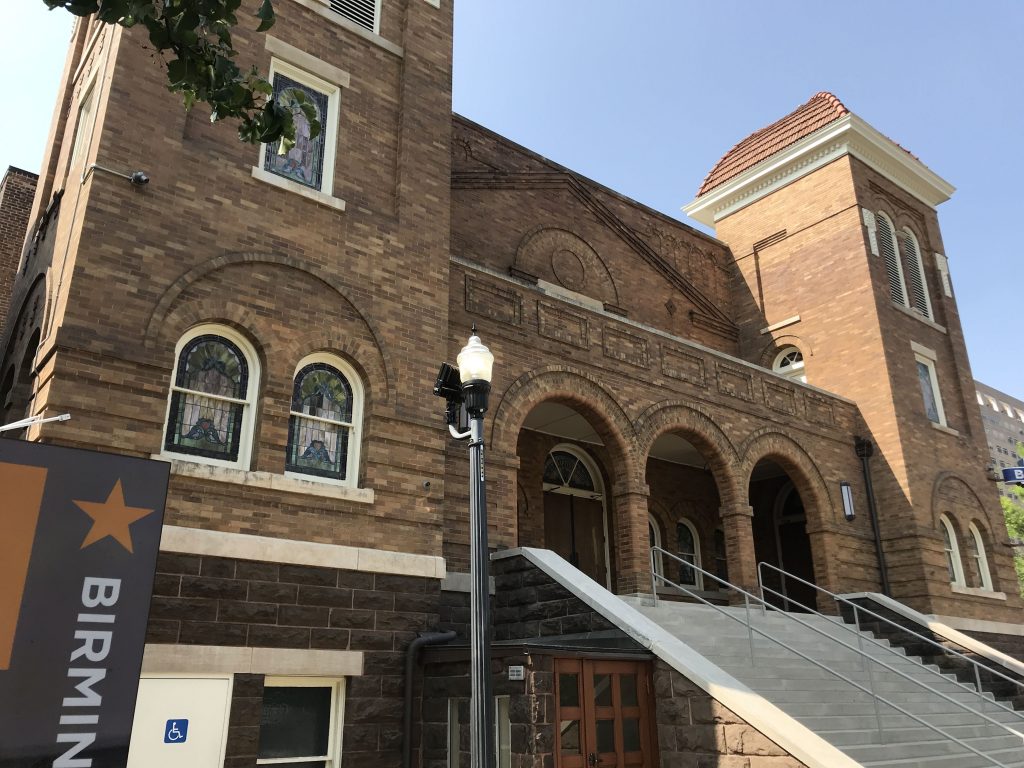
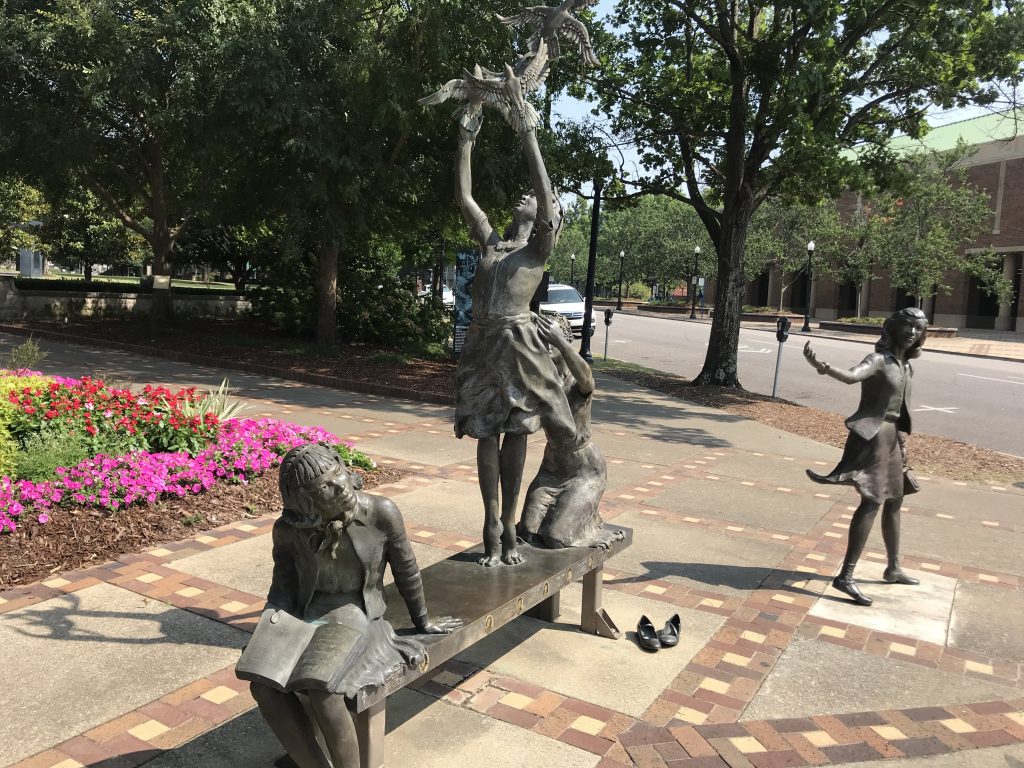
Civil rights is an unfinished revolution.
Had dinner at Saw’s Soul Kitchen, a renowned six-table hole in the wall.
Had the sweet tea chicken sandwich and fries. The sandwich was fantastic.
Leave a Reply